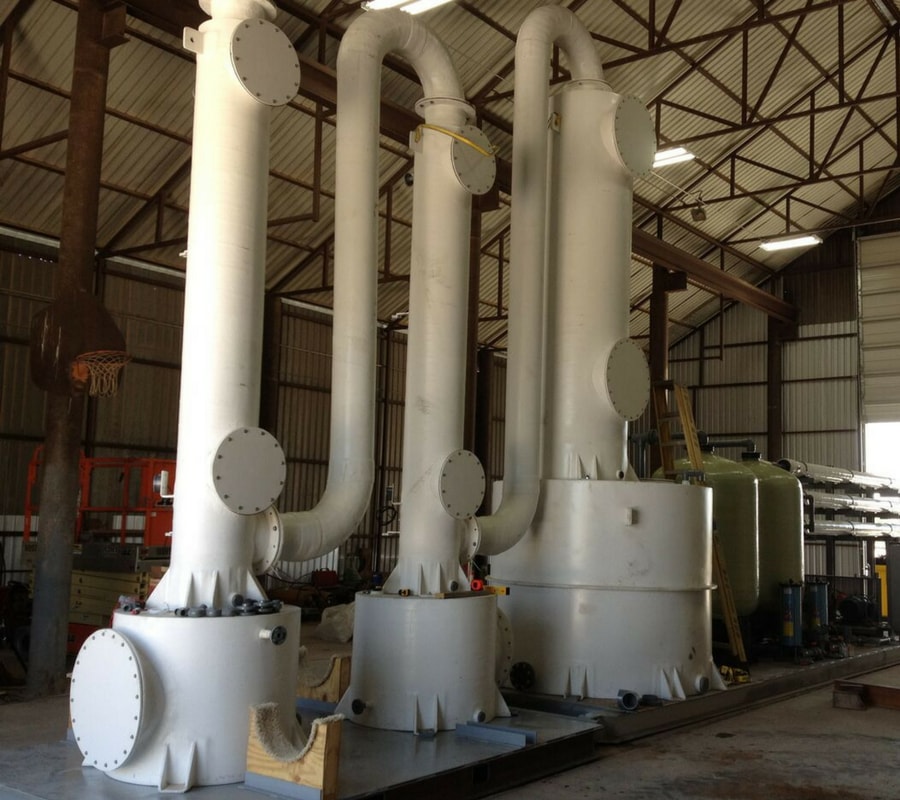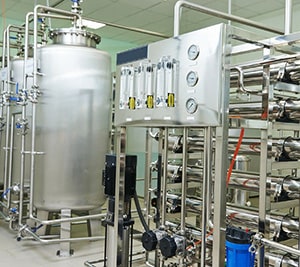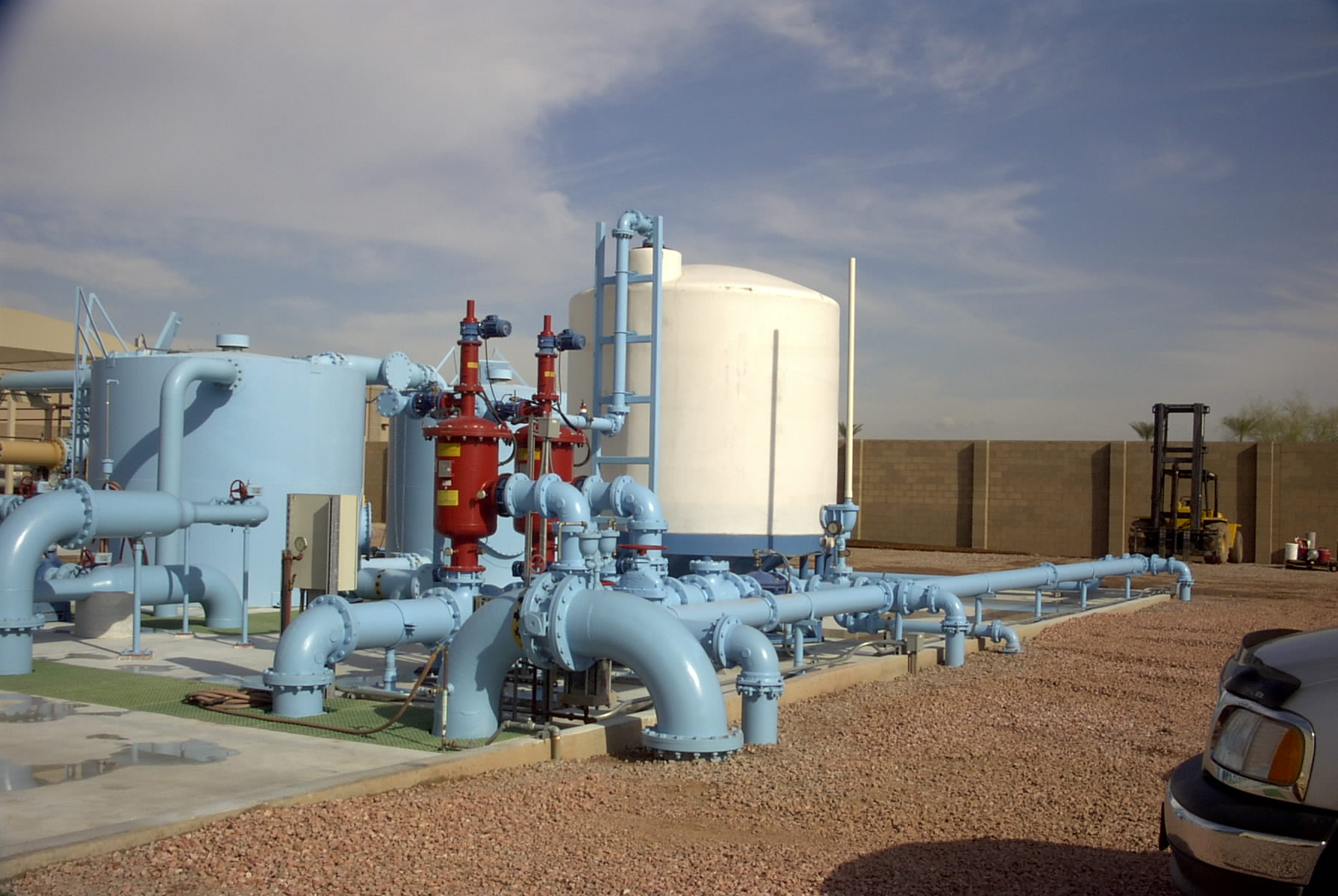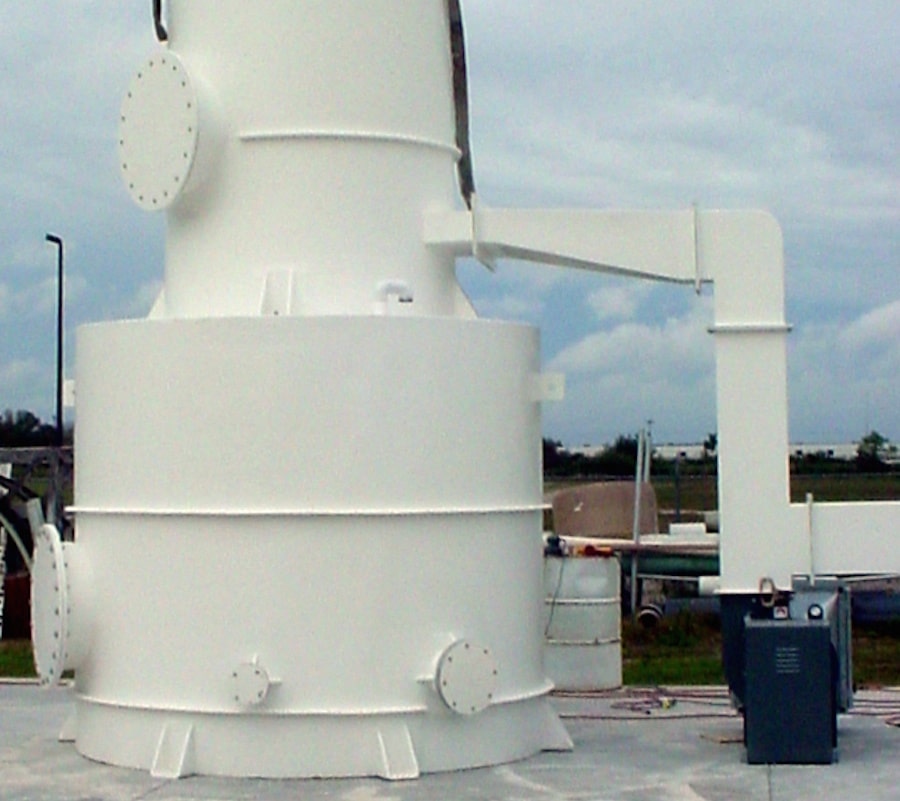Understanding De-Aeration and Decarbonation in Water Treatment Systems
De-Aeration and decarbonation are two essential processes used to remove carbon dioxide (CO2) and dissolved oxygen (O2) from water streams, particularly in boiler-feed water systems. While both processes share the goal of eliminating CO2, they differ in their approach to removing oxygen. A De-Aeration system focuses on removing both CO2 and O2, while a decarbonation system primarily targets the removal of CO2. Let's delve deeper into these processes to understand their mechanisms and benefits.
In a De-Aeration system, steam is introduced at the bottom of the tower. The inlet feed water is heated to near saturation temperature, minimizing pressure drop and venting limits. This ensures optimal thermal operating efficiency of the tower. The steam acts as a carrier gas, stripping both CO2 and O2 from the water as it rises through the tower. The tower is equipped with an internal distribution system and media packing to enhance the removal of dissolved gases. By the time the water reaches the top of the tower, it has undergone significant de-aeration, resulting in reduced CO2 and O2 levels. This purified water is then ready for entry into the boiler, ensuring efficient and reliable steam generation.
Read More
Topics:
media packing,
Decarbonation,
De-Aeration,
carbon dioxide,
oxygen,
steam,
decarbonator
Saving Steam with Degasification: Optimizing Water Treatment for Cost Efficiency and Enhanced Performance.
Read More
Topics:
degasification,
Decarbonation,
steam generation,
carbon dioxide,
steam,
decarbonator,
distillation
The operation of steam-generating boilers and the process of removing dissolved gases from the feed water is of utmost importance.
Deaeration is essential in the boiler system process.
Deaeration involves removing oxygen (O2) and carbon dioxide (CO2) from the water. Removing oxygen and carbon dioxide from the water before it enters the boiler system is essential. This prevents corrosion of the boiler system components and reduces costly maintenance and repairs to your system.
Oxygen and carbon dioxide can corrode and destroy metal components of the boiler system.
Corrosion can be costly to repair or replace. This is due to oxygen (O2) and carbon dioxide (CO2) not being removed from the water.
In order to avoid unwanted corrosion, it is necessary to treat the water before it enters the boiler system. This can be achieved through different techniques, including deaeration, chemical treatment, or mechanical filtration.
The deaeration process typically requires a deaerator. This device combines heat and vacuum to remove dissolved gases from water. The deaerator reduces the amount of dissolved solids in the water.This can improve the efficiency of the boiler system. Neglecting regular maintenance and inspection of the boiler can lead to severe corrosion damage and operational issues.
Read More
Topics:
Decarbonation,
dissolved gases,
feed water,
De-Aeration,
steam generating boilers,
carbon dioxide,
oxygen,
steam,
decarbonator,
boiler system
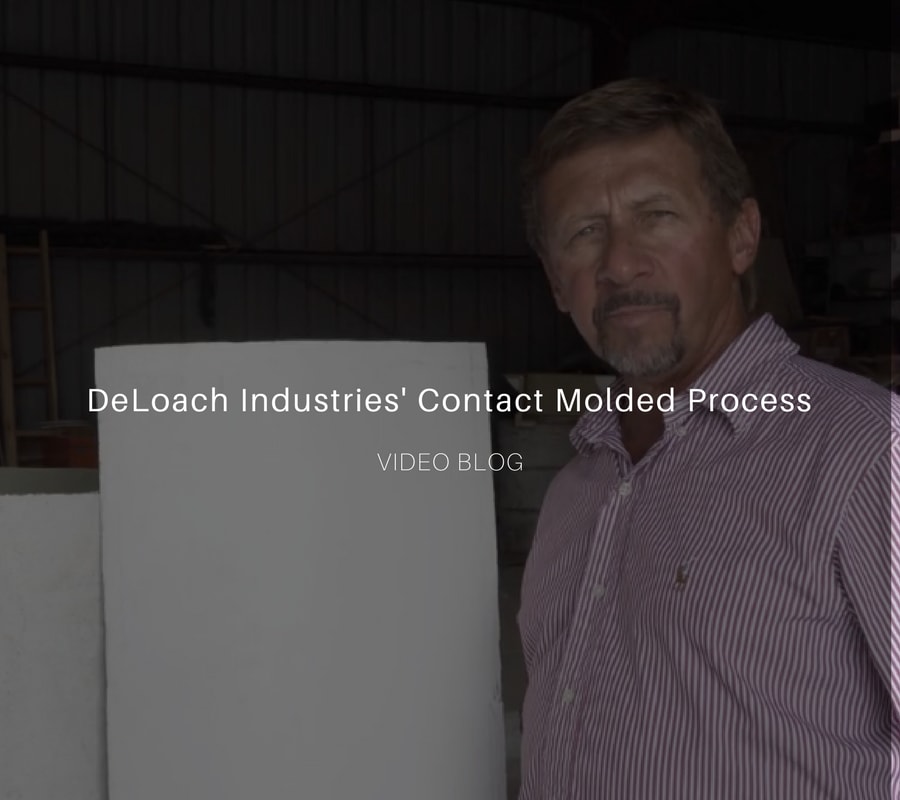
Following NSF/ANSI 61 regulations when designing and selecting the materials for the manufacturing of water treatment equipment.
It is important to understand what regulatory standards or constructions standard may be required to be compliant. This includes the designing and fabrication of systems such as reverse osmosis utilizing membrane technology, decarbonation of Carbon Dioxide, degasification of Hydrogen Sulfide, and water filtration for the removal of micron particles from potable and nonpotable water processes.
One requirement that engineers and manufacturers often encounter is called NSF /ANSI 61. NSF is an international and nonprofit, nongovernmental organization that is focused and dedicated to public health and safety as it relates to potable water systems and their components. NSF/ANSI 61 developed and established minimum requirements for the control of potential adverse human health effects from products and their components that contact with drinking water.
DeLoach Industries Inc. manufactures multiple types of water treatment equipment and adheres to strict compliance with NSF/ANSI 61 standards with all of their manufacturing procedures and practices. This strict adherence assures owners that water treatment equipment like decarbonation and degasification towers, reverse osmosis, and ion exchange that the equipment and material are all in full compliance with the NSF/ANSI 61 requirements.
Read More
Topics:
water quality,
water treatment,
advanced treatment solutions,
About DeLoach Industries,
fabrication,
contact molded process,
hydrogen sulfide (H2S),
Decarbonation,
wastewater,
carbon dioxide,
decarbonator,
H2S Degasifier,
ansi61,
nsf/ansi61
Read More
Topics:
water treatment issues,
water quality,
pH levels of water,
aeration,
water treatment,
advanced treatment solutions,
fiberglass,
About DeLoach Industries,
fabrication,
biological scrubber,
Chemical Odor,
media packing,
pH levels,
Decarbonation,
De-Aeration,
decarbonator,
boiler system,
distillation,
degasifier,
RO system,
H2S Degasifier,
Fish Farming,
Aquaculture,
Pisciculture,
Biological Odor Control Scrubber,
Biological odor control,
removal of CO2 from water,
Deagasification,
decarbonation of water,
Sand filters,
Filter Media,
municipal water systems,
greensand,
DeLoach Industries, Inc.,
Drinking Water
Industrial water treatment systems play a crucial role in maintaining the quality and sustainability of water used in various industrial processes. One of the key challenges faced by industries is the presence of dissolved gases, particularly carbon dioxide (CO2), and corrosive gases like hydrogen sulfide (H2S) in the water. These gases can have detrimental effects on equipment, cause pH imbalances, and even compromise the overall efficiency of industrial processes.
Read More
Topics:
water treatment issues,
water quality,
degasification,
water treatment,
decarbonator,
degasifier,
degassed water,
Deagasification,
decarbonation of water,
DeLoach Industries, Inc.,
Drinking Water,
DeLoach Industries,
water process system
CO2 & pH In municipal and industrial water processes
Carbon Dioxide (CO2) in municipal and Industrial water can create problems in the water treatment process, increase operational costs of the treatment plant, and cause excessive corrosion to equipment and ancillary equipment.
In nature, one of the most natural common causes that create low pH or acidity in water is an element known as “Carbon Dioxide” (CO2). The process of how carbon dioxide enters the water in the first place is a topic worth exploring. Nature creates one of the most common causes of CO2 found in the water naturally. When the water reaches an equilibrium with our atmosphere followed by the biological degradation that is aided by the photosynthesis of organic carbon (CH2O) then carbon dioxide begins to form. Organic carbon is dissolved in water and it forms “Carbonic Acid”
(H2CO3). CO2 (g) + H2O (l) = H2CO3 (aq).
The process to form the carbonic acid is slow and only a small portion remains as an acid because proton losses occur during the process.
H2CO3 (aq) « H+ (aq) + HCO3- (aq)
CO3- (aq) « H+ (aq) + CO32- (aq)
Read More
Topics:
water treatment issues,
water quality,
degasification,
pH levels of water,
water treatment,
water plant,
pH levels,
caustic,
Decarbonation,
wastewater,
carbon dioxide,
decarbonator,
gases,
carbonic acid,
H2S Degasifier,
Co2 ph
